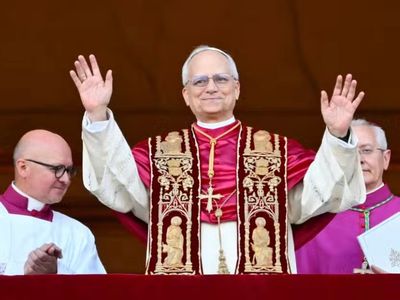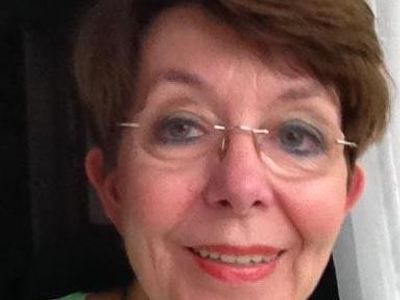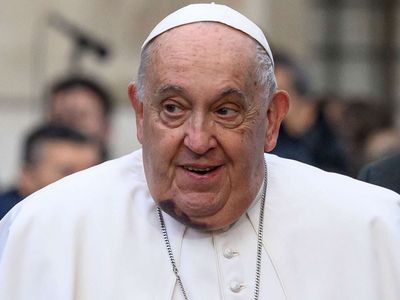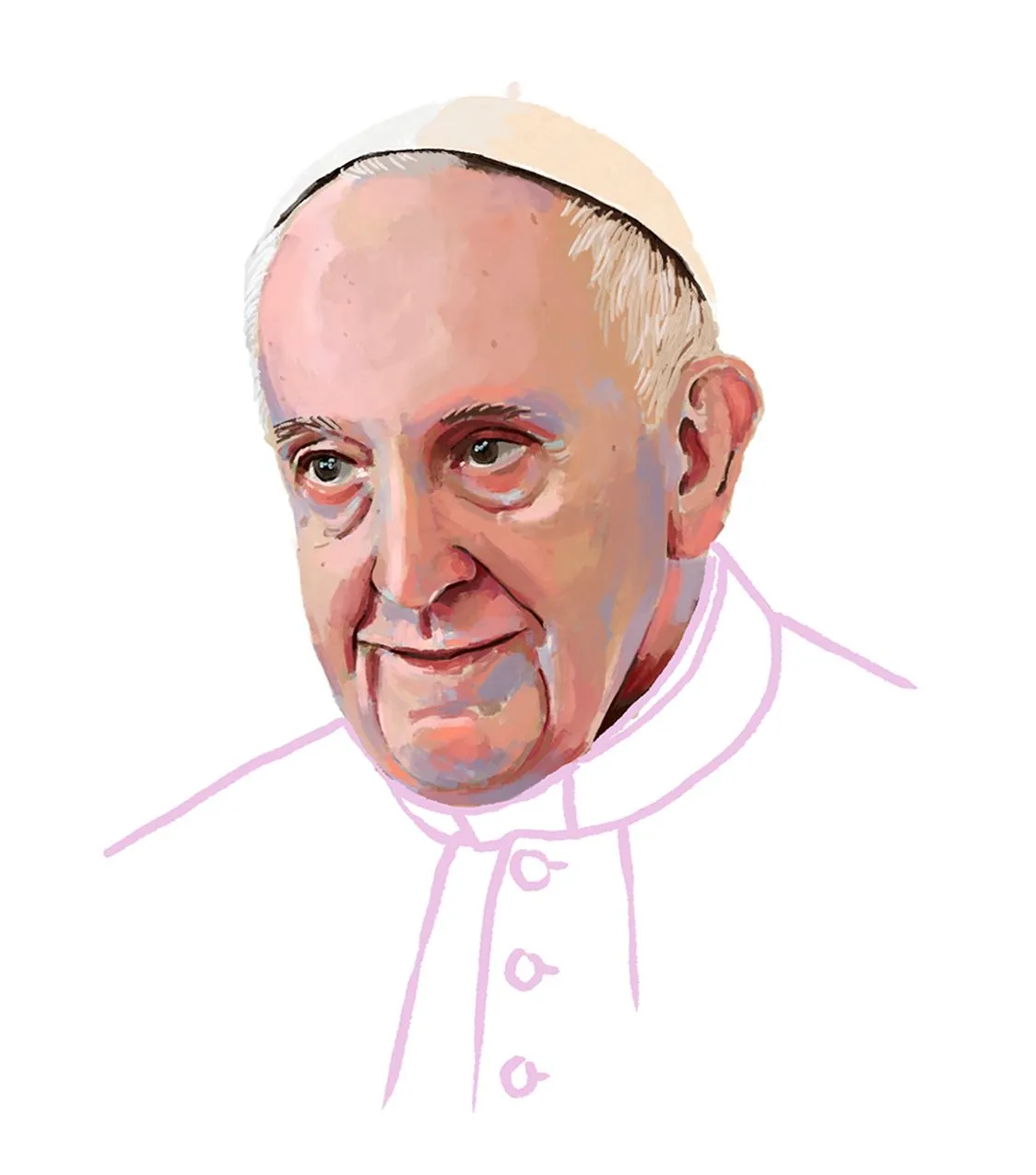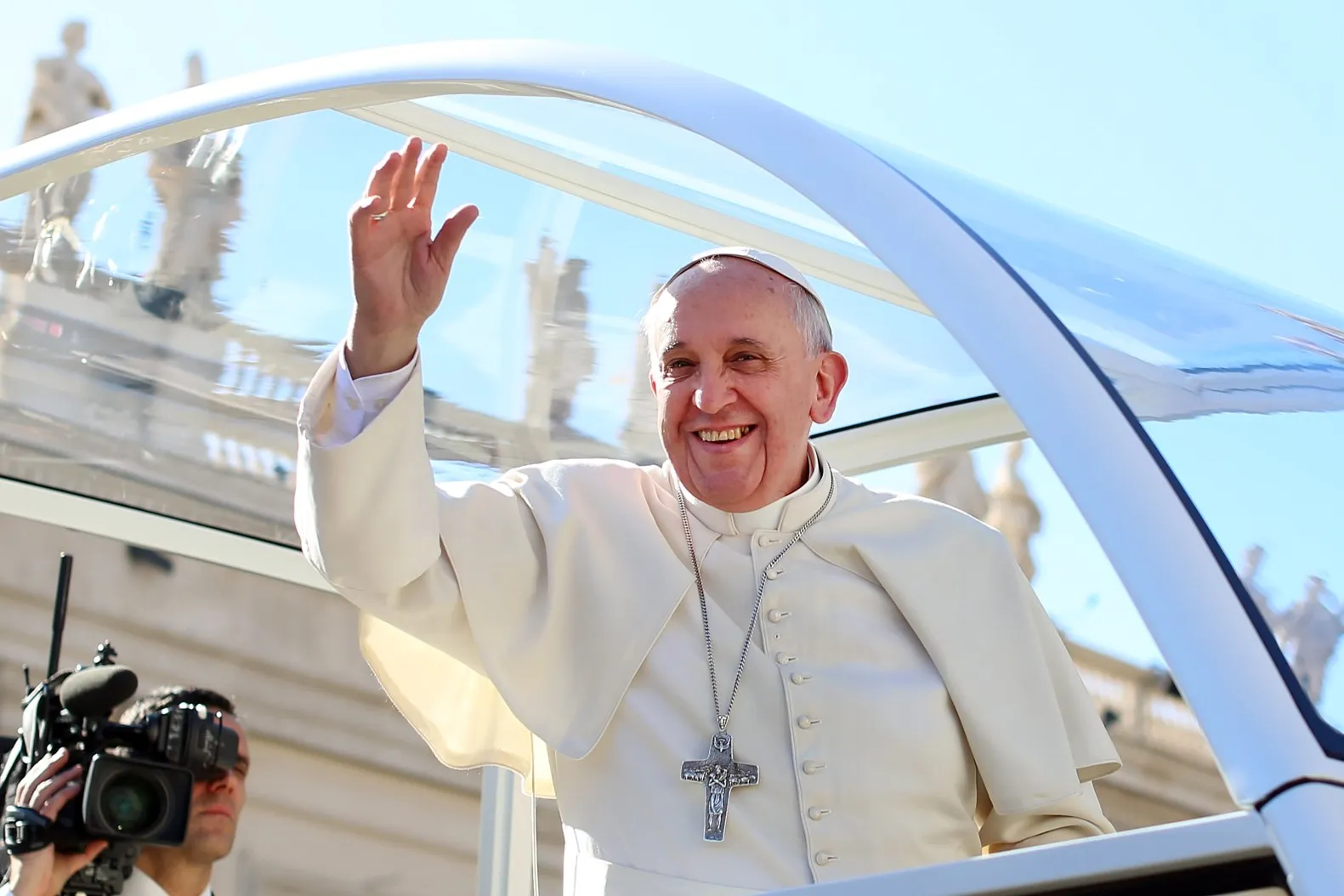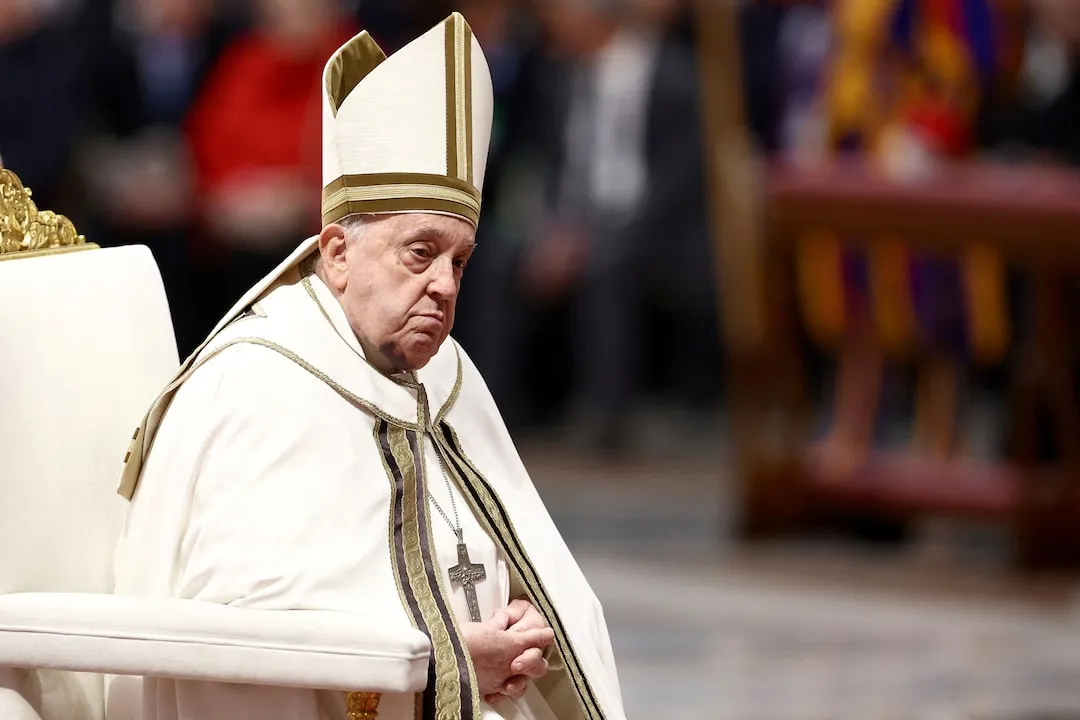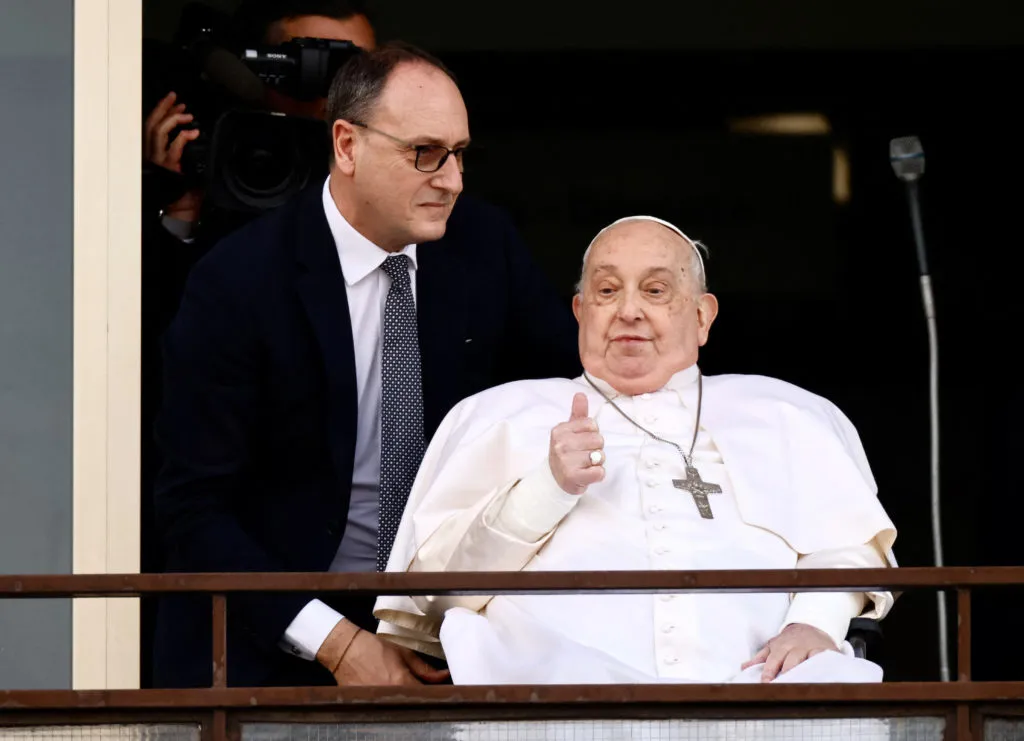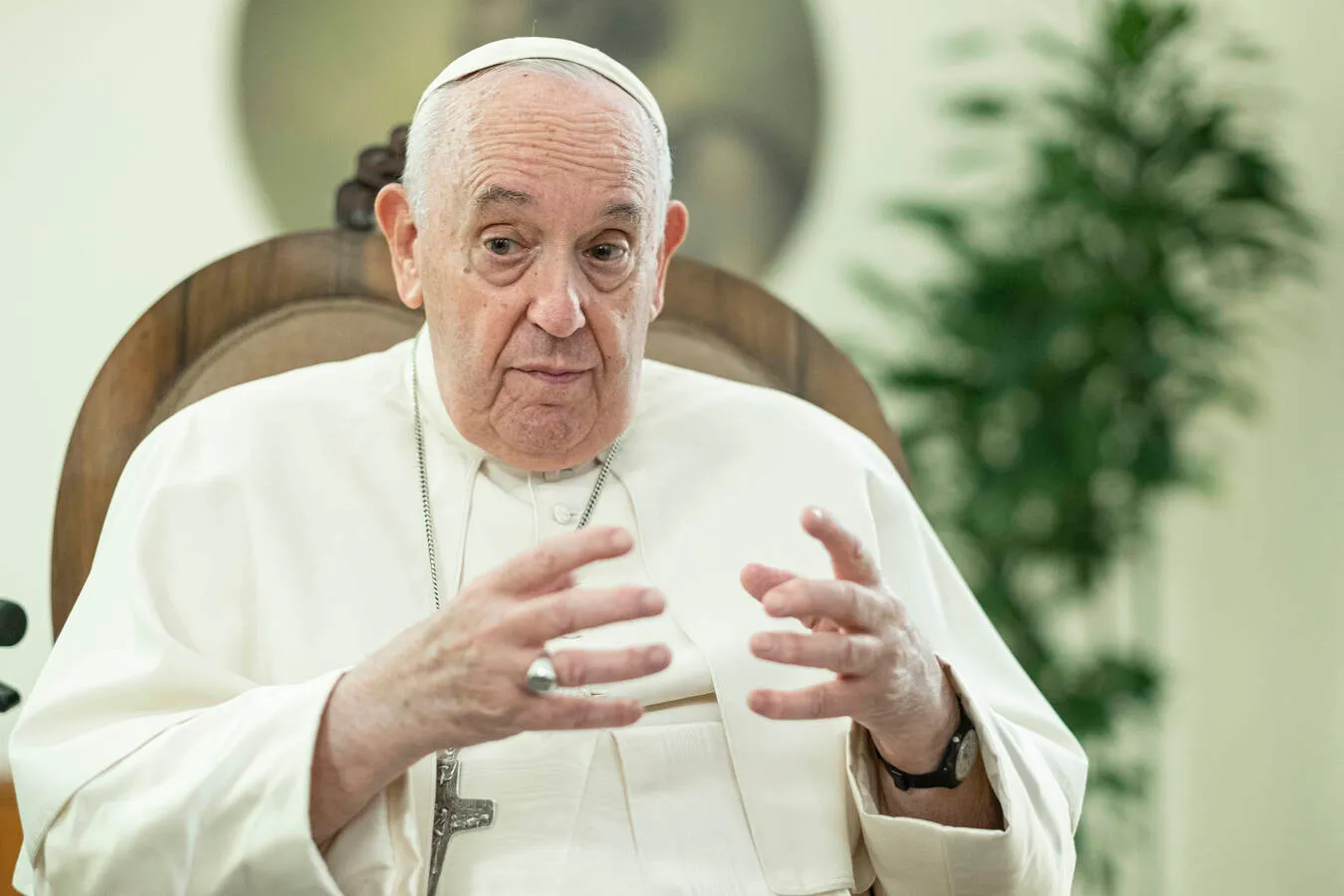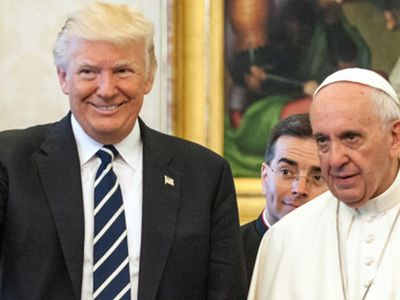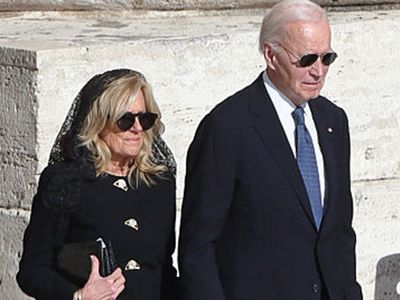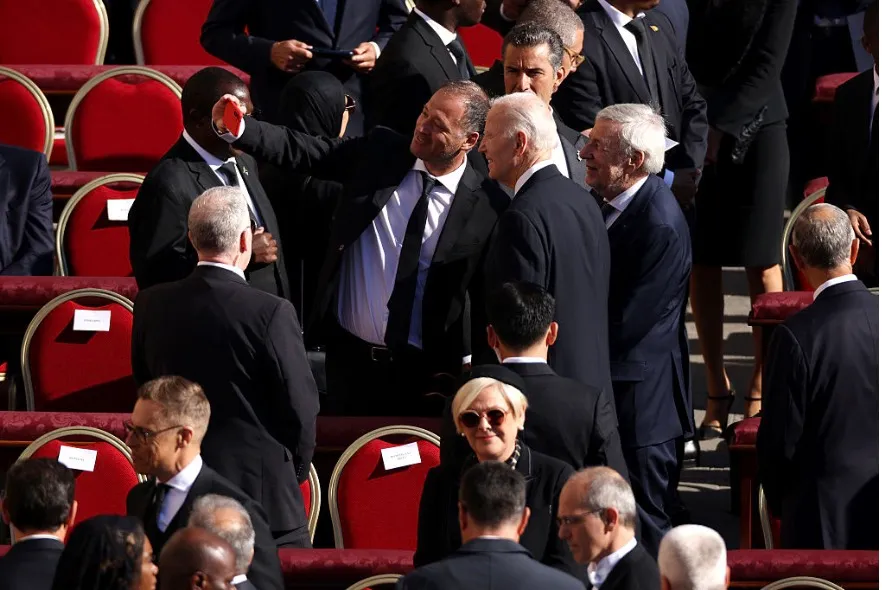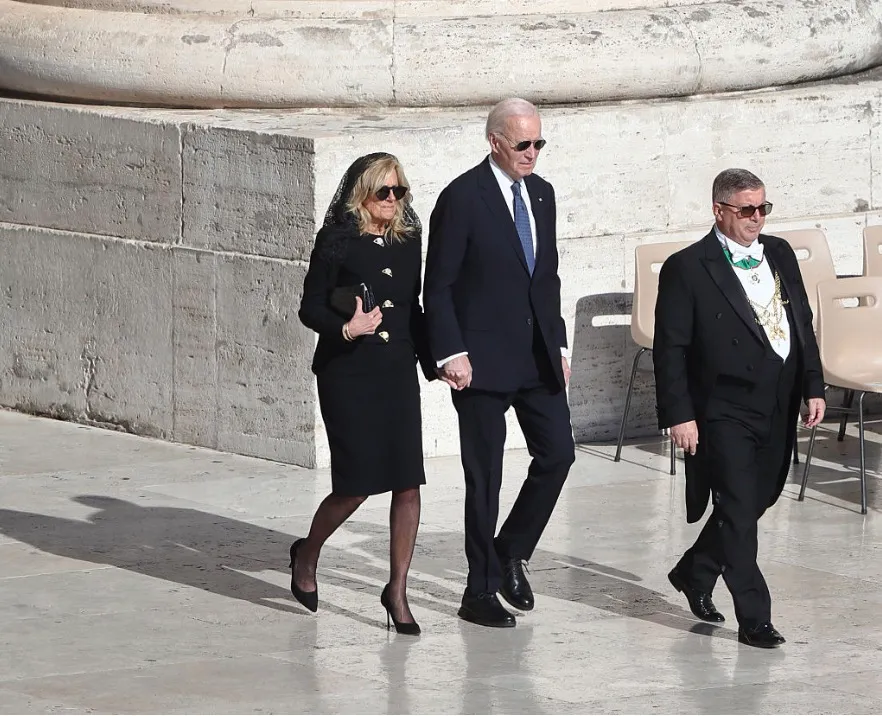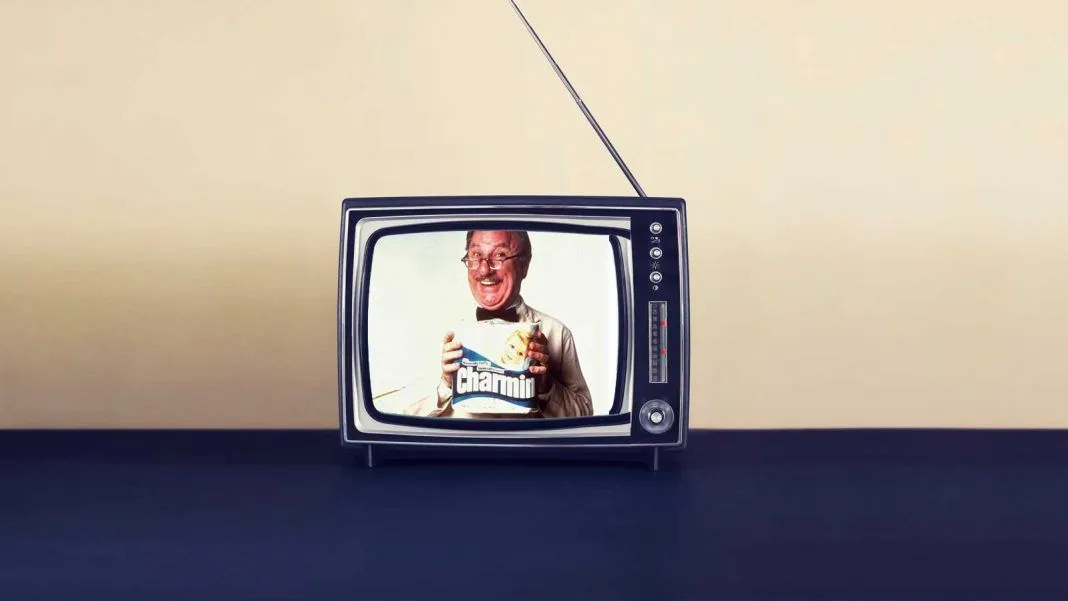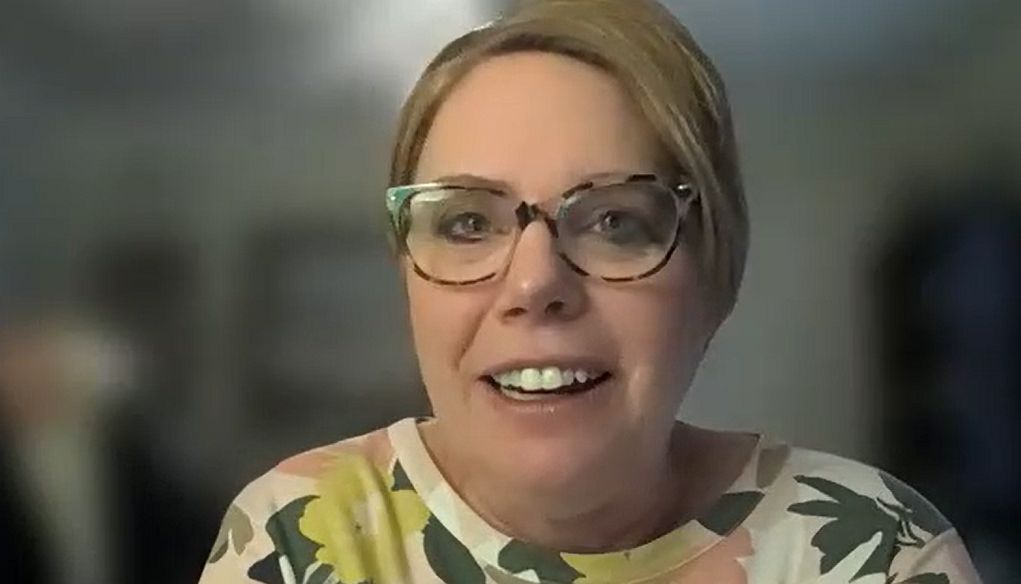Robert Francis Prevost of US is new pope, takes name Leo XIV
VATICAN CITY — On Thursday, Robert Francis Prevost became the first American to be chosen as pope. He took the name Leo XIV after being elected by cardinals from all over the world to lead the Catholic Church, which has 1.4 billion followers.
Huge crowds filled St. Peter’s Square and cheered loudly when Prevost stepped onto the balcony of St. Peter’s Basilica. He waved with both hands, smiled, and gave a respectful bow.
“Peace be with you,” he said to the joyful crowd.
Earlier that day, white smoke rose from the chimney of the Sistine Chapel, signaling to the world that a new pope had been chosen. It was the second day of voting. As the smoke curled into the sky, bells rang from St. Peter’s Basilica and churches all across Rome.
People rushed toward the square to catch a glimpse of the balcony. It had red curtains, prepared especially for the new pope’s first message to the world as the 267th leader of the Church.
The new pope, who follows Argentine reformer Pope Francis, was announced in Latin along with his chosen name.
“This is incredible,” said Joseph Brian, a 39-year-old chef from Belfast, Northern Ireland. He had traveled to Rome with his mother to witness the event.
“I’m not deeply religious, but being here with all these people is overwhelming,” he told AFP as excited people around him jumped with joy.
Celebrations erupted in the square. One priest climbed onto someone’s shoulders while waving a Brazilian flag. Another held up a large crucifix with happiness.
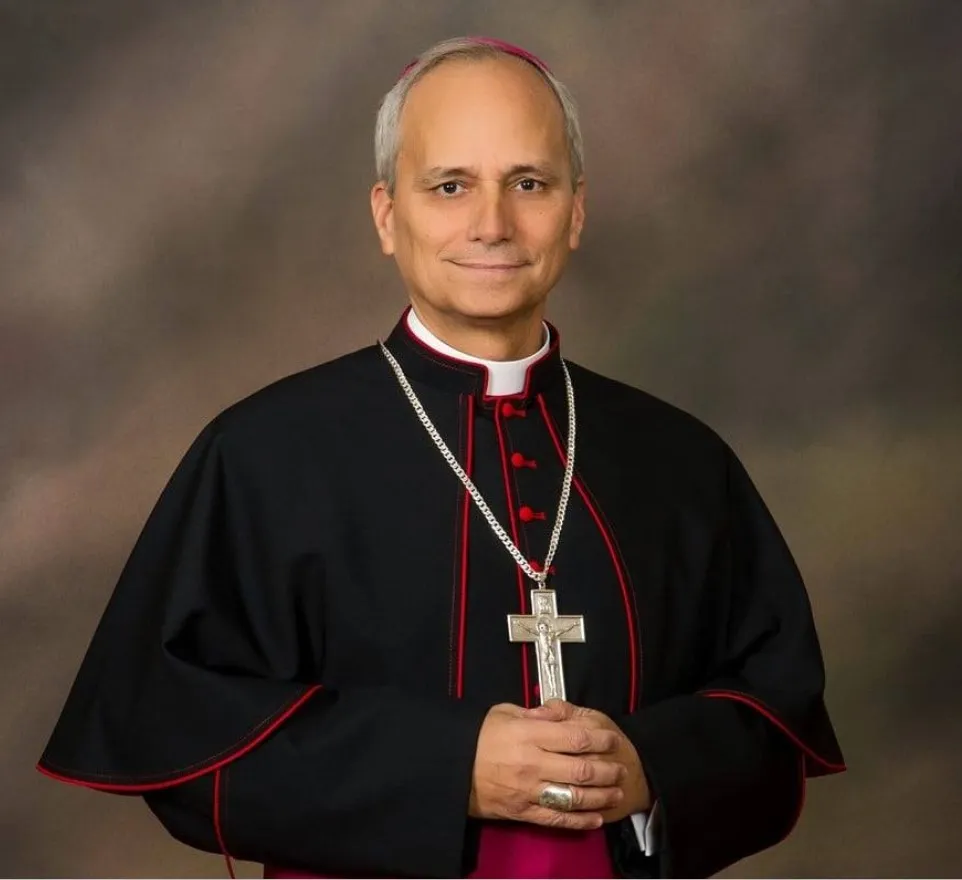
‘Habemus Papam’
“Habemus papam, woooo!” shouted Bruna Hodara, 41, from Brazil, echoing the traditional Latin words spoken when a new pope is introduced.
She, like many others, filmed the historic event on her phone. Around her, people waved flags and shouted “Viva Il Papa!” — which means “Long live the pope!” in Italian.
“It’s something you may only see once in your life. It’s truly special… I feel thrilled!” said Florian Fried, a 15-year-old from Munich, Germany.
Pope Francis passed away last month at the age of 88. He had served as pope for 12 years, trying to shape a more caring Church, though his progressive views upset many conservatives.
The new pope takes on a major challenge. He must speak out on global conflicts and bring unity to a Church that has deep divisions. He also faces serious issues like the continuing effects of the sexual abuse crisis.
A total of 133 cardinals, known as “Princes of the Church,” came from five continents to vote. It was the biggest and most global conclave in Church history. Voting started Wednesday afternoon.
The cardinals were sworn to secrecy. If they break it, they face excommunication. The only way the public knew what was happening inside was through the color of the smoke from the Sistine Chapel chimney.
Black smoke on Wednesday evening and again Thursday afternoon signaled no decision. Each time, the crowds let out sighs of disappointment.
But just after 6:00 p.m. (1600 GMT) on Thursday, white smoke finally appeared, confirming the Catholic Church had a new pope.
No one knows how many rounds of voting it took, but the process ended in under two days — as it has in recent times.
Back in 2005, Pope Benedict XVI, a theologian from Germany, was picked in four rounds. Pope Francis, chosen in 2013, was elected in five.
While the exact voting details will never be revealed, a pope must receive at least two-thirds of the votes.
According to tradition, the newly elected pope goes into the “Room of Tears” — a private space where new popes often cry or reflect deeply — to put on his white papal robes. He then returns to the Sistine Chapel so the cardinals can promise their loyalty.
He finally appears on the balcony with a senior cardinal, who announces to the crowd, “Habemus Papam” — Latin for “We have a pope.”
The pope then gives a short speech and his first blessing, called “Urbi et Orbi,” meaning “To the City and the World.”
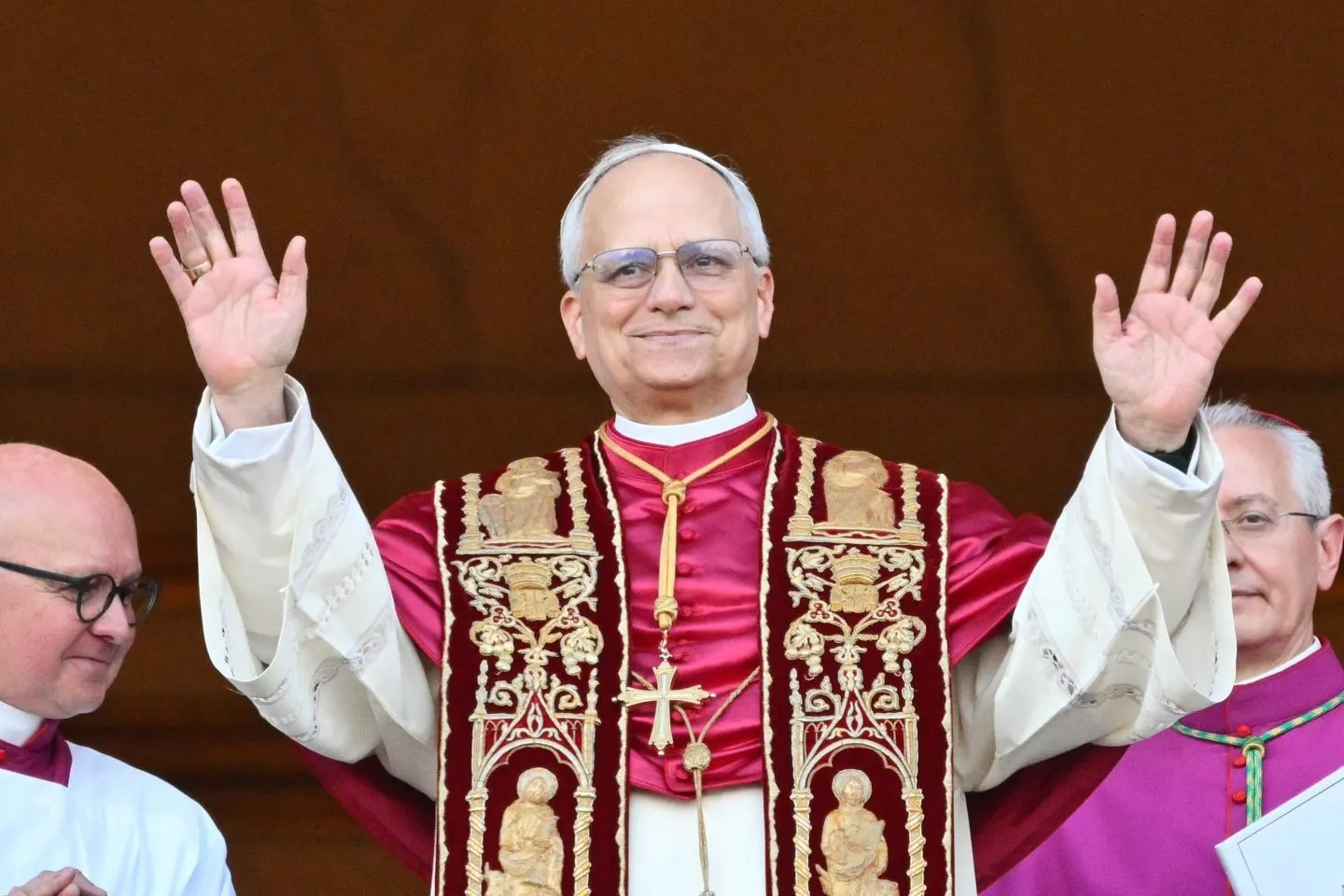
A Shepherd or a Statesman?
This election took place during a time of major political unrest, which played a big part in the cardinals’ decisions — along with the deep divisions within the Church.
Pope Francis was a caring reformer who focused on helping migrants and protecting the planet. But many traditionalists were upset with his style and wanted someone who would defend Church teachings more strictly.
Around 80 percent of the voting cardinals had been chosen by Francis. They represented 70 different countries, making this the most diverse group of electors ever.
Still, this did not mean they would necessarily choose someone similar to Francis.
The big question was whether to pick someone more pastoral or more diplomatic, more liberal or more conservative, someone from inside the Vatican’s leadership structure — called the Curia — or someone from growing Catholic communities around the world.
Before the conclave began, the cardinals’ dean, Giovanni Battista Re, reminded them to choose a man who could keep the Church united.
The next pope must guide the Church through this difficult time in history, marked by wars and the rise of extreme political movements.
The Church also struggles to stay relevant in today’s world. Fewer men are becoming priests, and many churches in Western countries are seeing smaller and smaller congregations.
The pope’s formal installation usually happens within a week of his election. A mass is held and attended by religious and political leaders from across the globe.
The new pope is expected to ride through St. Peter’s Square in his popemobile for the first time and give a homily where he lays out his goals.
